In recent quality audits, water dispersion irregularities and jet scattering anomalies have become a recurring concern in oral irrigator systems. While consumers may initially tolerate these issues, the long-term impact on cleaning effectiveness, component durability, and user satisfaction cannot be ignored. Are these symptoms merely surface-level flaws, or do they signal deeper design or manufacturing challenges?
Water dispersion refers to the uncontrolled or non-uniform spreading of the water stream once it exits the nozzle. In precision-based devices such as dental irrigators, consistent flow is critical. When dispersion occurs, the water loses its directional focus, resulting in reduced impact pressure and ineffective debris removal.
Jet scattering typically accompanies water dispersion, manifesting as unpredictable or divergent spray paths. This may stem from several factors:
Such deviations can severely compromise a product’s perceived quality, especially in B2B scenarios involving dental professionals or healthcare retailers. Company web: https://www.powsmart.com/product/electric-toothbrush/
In many OEM/ODM designs, aesthetic nozzle shaping or overly compact dimensions may unintentionally increase the risk of jet scattering. It’s crucial to balance form with function—ensuring nozzle geometry is both ergonomic and fluid-optimized.
Even minor inconsistencies in injection molding or ultrasonic welding at the nozzle-head junction can create internal variances that alter flow dynamics. Tightening assembly tolerances and adopting in-line flow calibration during QC stages can significantly reduce jet scattering incidents.
While design and manufacturing account for a significant portion of these malfunctions, end-user cleaning and maintenance also play a role. Lack of descaling or improper storage can exacerbate water dispersion over time. B2B customers should consider including maintenance accessories or educational inserts as part of OEM packages.
So, is the combination of water dispersion and jet scattering fixable? Yes—but only with a systemic approach. Improvements across nozzle engineering, fluid channeling design, and QC protocols are essential. At the same time, clear communication to users on care practices helps maintain optimal performance throughout the product lifecycle.
Conclusion
Water dispersion and jet scattering are not just cosmetic issues—they signal potential gaps in design validation, fluid simulation, and process control. With proper corrective action, B2B manufacturers can not only eliminate these flaws but also elevate brand reliability in a highly competitive market. Contact us
.jpg)
.jpg)

Tips for San Francisco Tech-Innovative Electric Toothbrush Startups Finding OEM Partners
.jpg)
Vestibular Stimulation Worsening Tooth Demineralization?
FDA Certified Electric Toothbrush Supplier
Excessive Noise With Pulp Inflammation? Dual Threats From Electric Brushes!
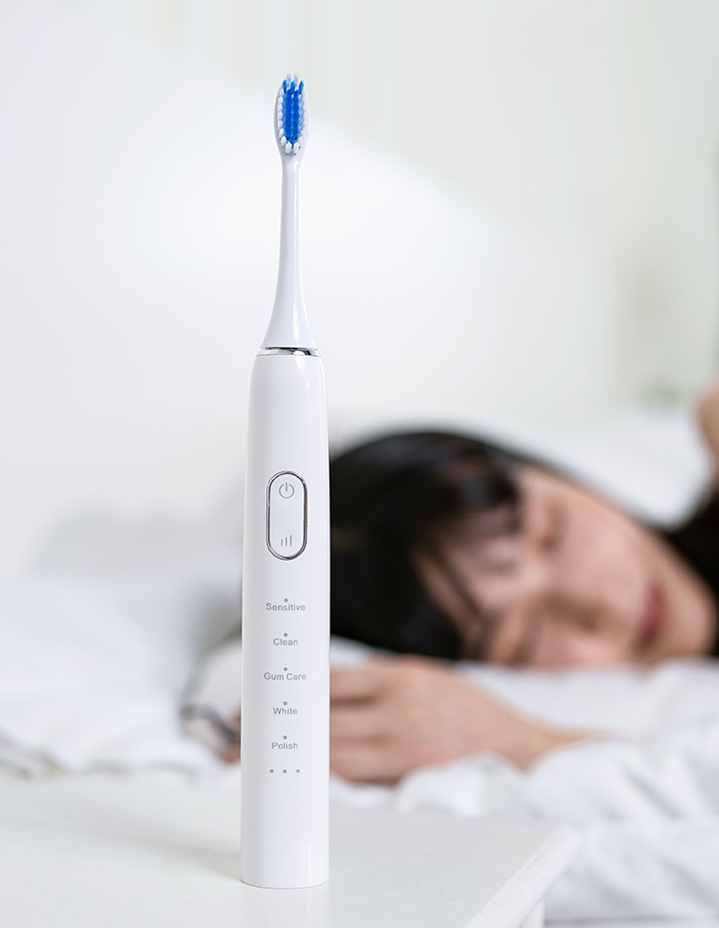
Electric Toothbrush Noise Reduction Technology: How to Achieve Silent Cleaning?
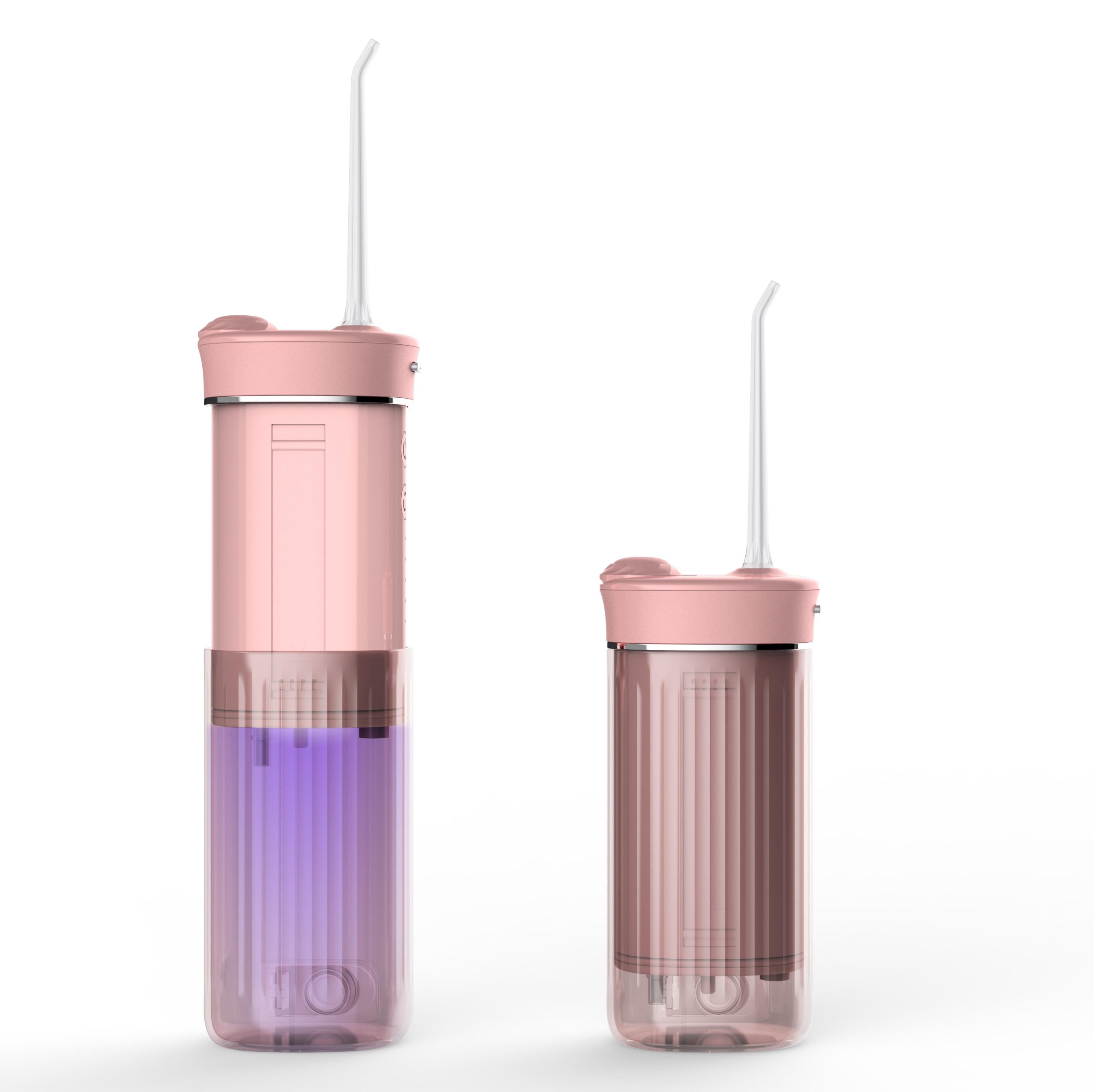
How to Use a Water Flosser Effectively: A Guide for Beginners
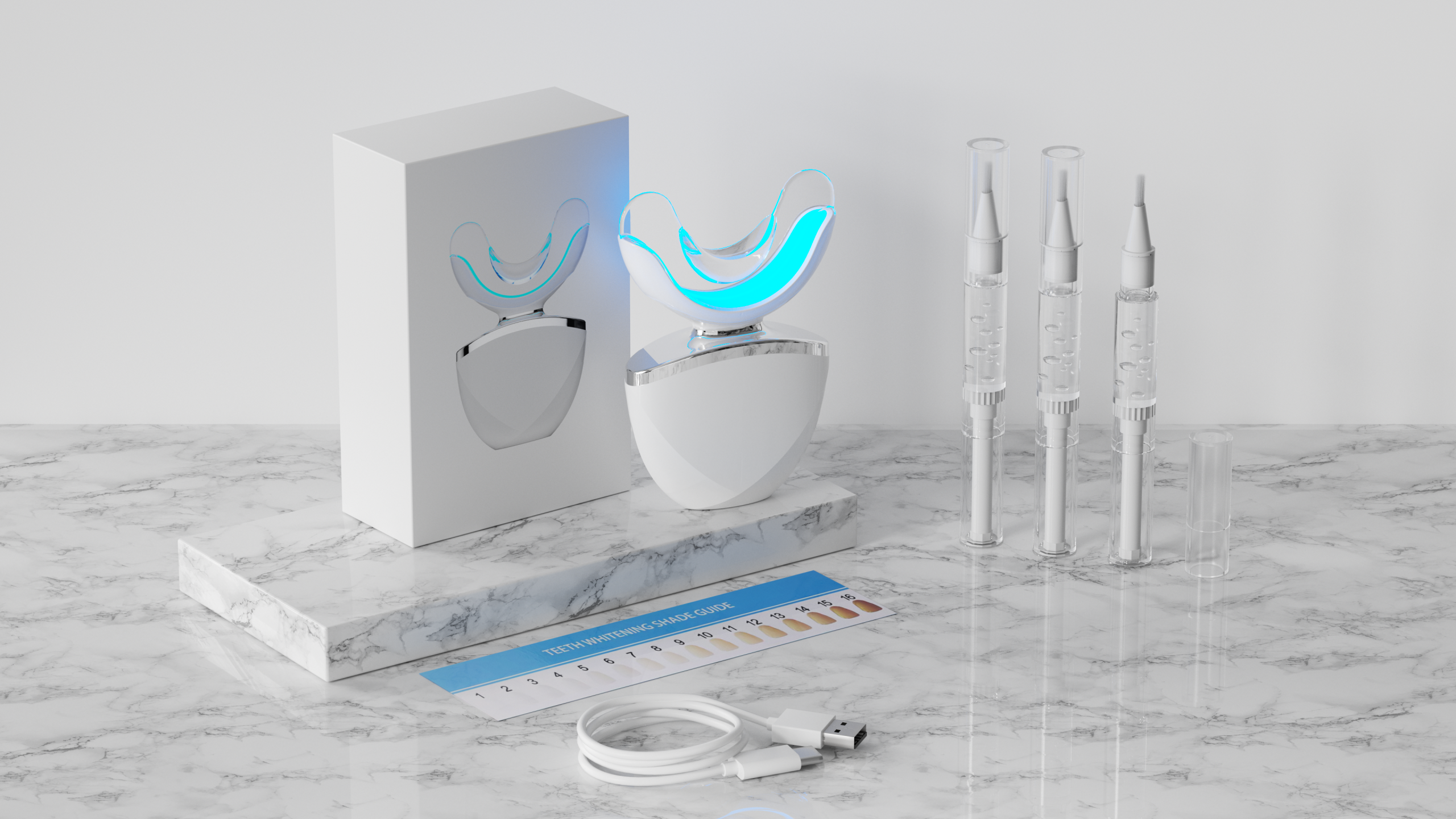
The Market Potential of Teeth Whitening: The Consumer Psychology Behind Annual Growth of Home Teeth Whitening Devices
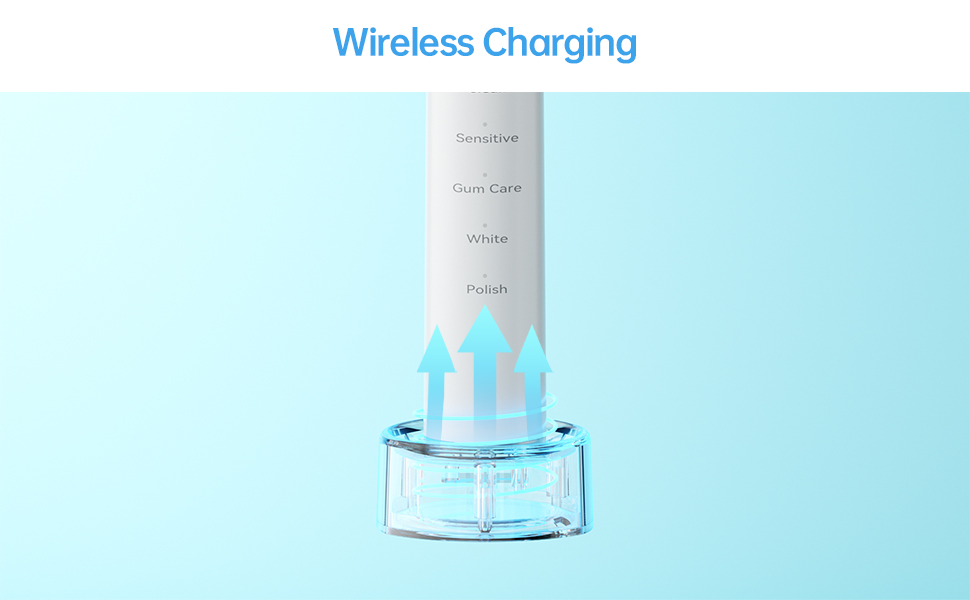
The Hidden Drawbacks of Battery-Operated Electric Toothbrushes for OEM Brands
Can Excessive Vibration from Electric Toothbrushes Loosen Teeth?
.jpg)
How Does Water Flosser Tank Manufacturing Integrate with Water Flosser Accessory Production?

“Manual vs. Electric Toothbrush: Which is Better?”

Sonic Electric Toothbrushes: A Key to Long-Term Dental Health
Vibration Frequency Impact on Post-Treatment Sensitivity?
.jpg)
Can Electric Toothbrush Subscription B2B Models Integrate Electric Toothbrush with App OEM Tech?
.jpg)
Can Osmotic Pressure Regulation Enhance Jet Stream Collimation in Oral Irrigators?
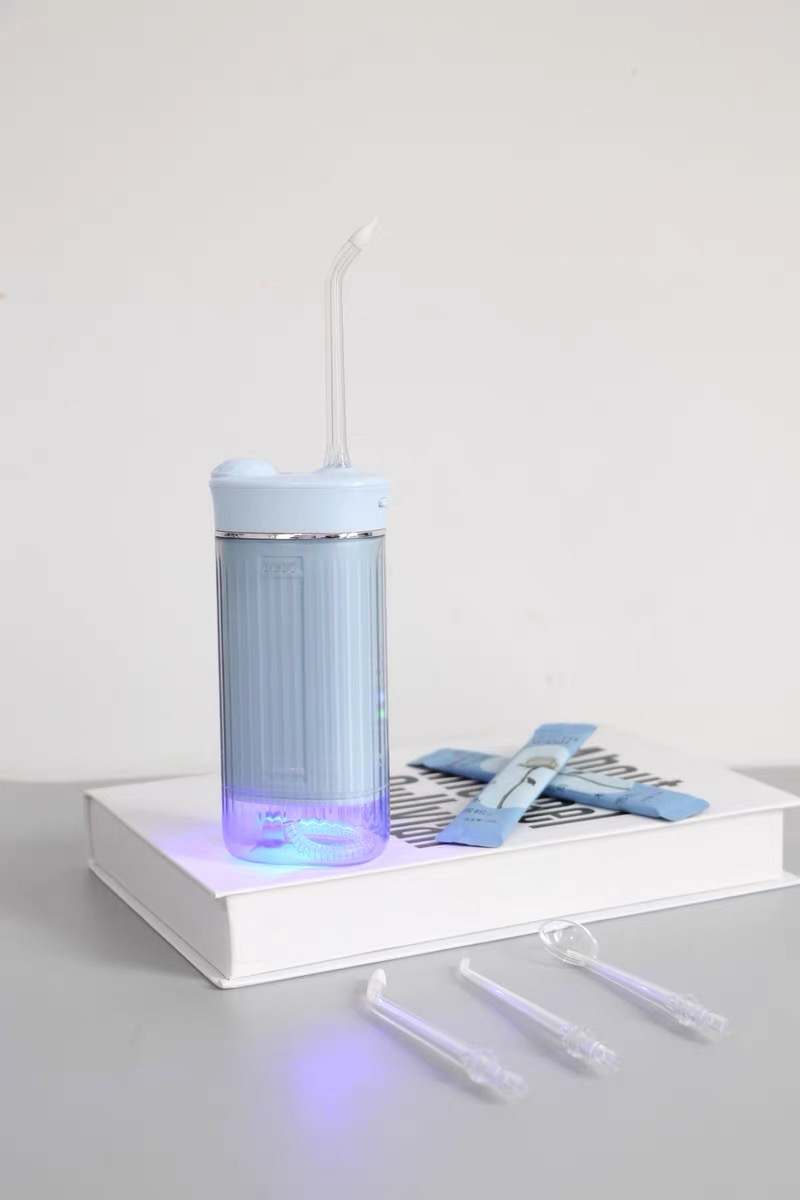
How Long to Charge a Water Flosser Before First Use? OEM Manufacturer’s Guide

electric toothbrush heads Ultra Soft

Electric toothbrush heads Charcoal Infused-Diamond

Private Label Whitening Gel

electric toothbrush heads Deep Clean

Customization Teeth Whitening Gel

electric toothbrush heads Charcoal Infuse-Round

electric toothbrush heads Regular Clean
.jpg)
Florida Electric Toothbrush – Powsmart PTR-C8
whstapp
whstapp
National Toll-Free Service Hotline
+86 755 86238638